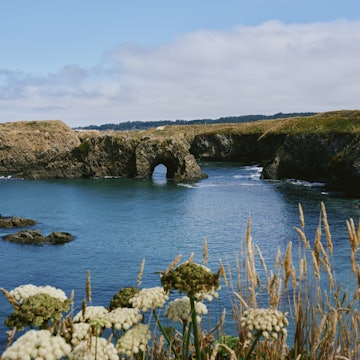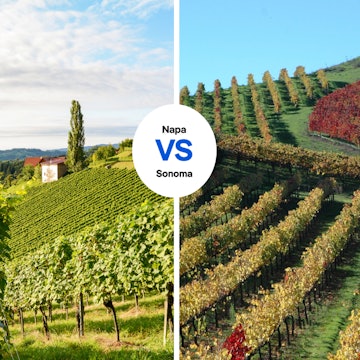
The best time to visit Big Sur, California's raw coastal beauty

Jul 5, 2025 • 6 min read

Flowers in bloom along Hwy 1, Big Sur. Phitha Tanpairoj/Shutterstock
The first thing to know when planning a trip to Big Sur is that this is no typical beach destination. Despite having a few bucket list beaches to its credit, this 90-mile stretch of uber-photogenic California coastline is about far more than sun and sand. Many of Big Sur’s most beautiful beaches are little more than rocky coves, and sun may be scarcer than expected at certain times of the year, thanks to Northern California’s notorious coastal fog.
Big Sur’s biggest gifts – like sunsets to sigh over and views that seem to take in the entire Pacific – vary so profoundly with the changing light that artists and photographers like Ansel Adams have been drawn to making their homes here to experience it year-round. It’s no wonder, then, that visitors tend to return again and again to explore this rugged outpost in all its seasonal glories.
Get the most out of one of California’s most addictive destinations at all times of the year with this seasonal guide.

June to August is busy in Big Sur with road trippers and events
Weather in Big Sur in summer: On the coast, expect temperatures up to 76°F in the months of June to August, with very little rainfall. Coastal fog is unpredictable, but it's more common during summer mornings. It may well fade by the middle of the day and possibly return in the afternoon.
The summer road trip is a tradition in the United States, and Hwy 1 through Big Sur is one of the country’s most scenic routes, so it’s no wonder that summer is high season along California’s central coast. That means you’ll elbow fellow photographers aside at key photo ops and struggle to find spaces in parking lots at popular beaches and parks, but it also means that all of Big Sur’s restaurants, bakeries, shops and galleries will be open and well-stocked and you’ll find a festive vibe along the way.
Summer is also when things get lively up and down the coast, and you’re likely to spot crowds gathered around a band, a ranger giving a talk, or a naturalist pointing out a nesting bird. The Big Sur River Inn has , along with barbecue straight from the smoker. Fernwood Big Sur also hosts regular live music concerts; for dates and times.
On summer weekends, Pfeiffer Big Sur State Park features a of talks and movie nights hosted by rangers, ecologists and wildlife experts. There's also a Junior Ranger Program, aimed at children aged 7–12, and Ranger Cubs for those aged 6 and under, which include guided nature walks and talks.
The runs moonlight guided tours through the summer months. hosts concerts and other programs on weekends throughout the summer and early fall. The organization’s website does not always list all musical programming; check for current concert listings at the library.
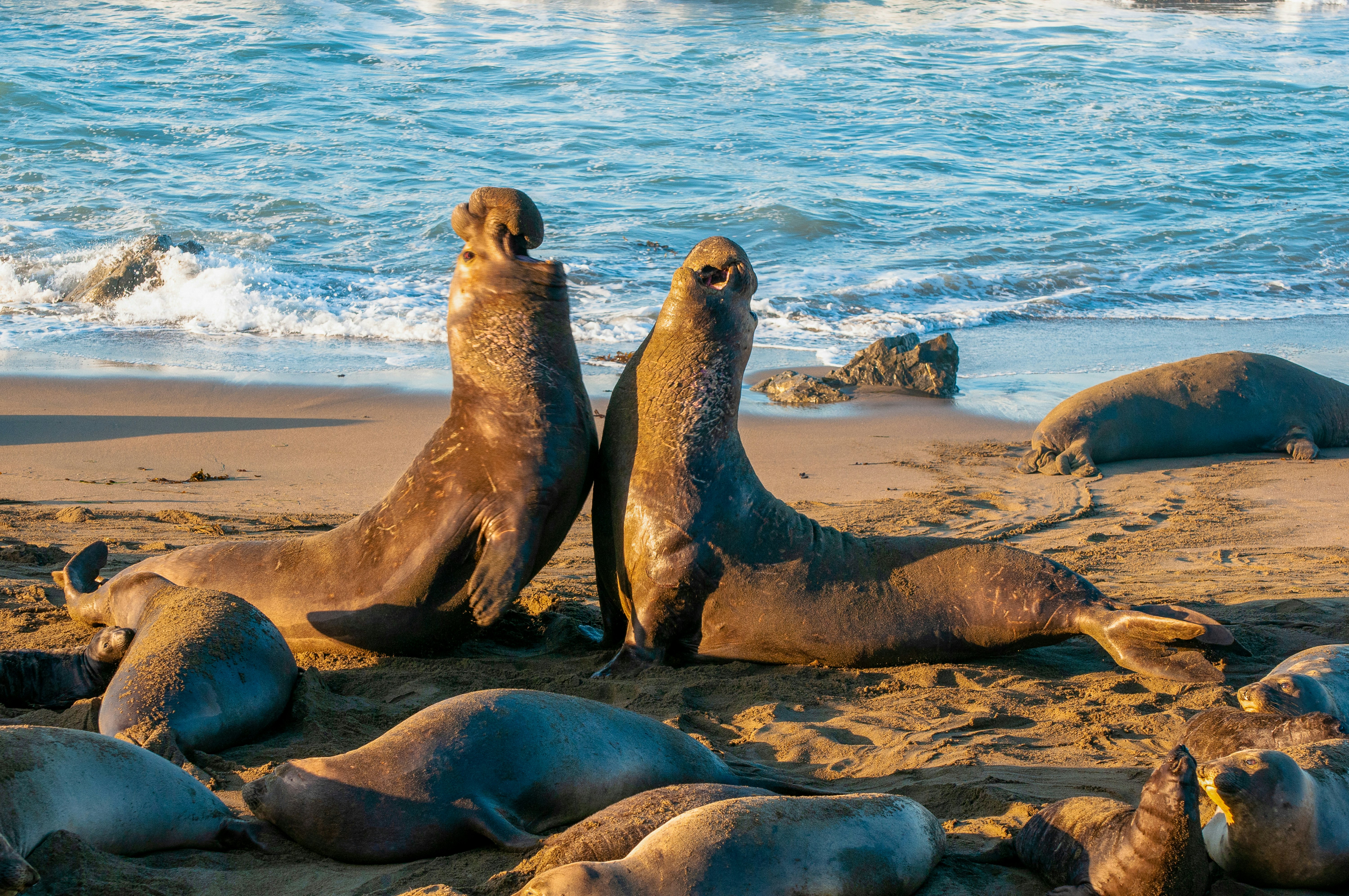
September to November is best for beautiful colors and fewer crowds
Weather in Big Sur in fall: The biggest reason to visit Big Sur in the fall is that in many ways it’s a continuation of summer without the crowds. Northern California gets some of its best weather in September and October, when sunny days continue into the evening, uninterrupted by the arrival of the coastal fog, which tends to vanish soon after Labor Day. With campgrounds less crowded, it’s possible to enjoy the still-long days and brilliant sunsets without having to wrap yourself in a sleeping bag as the gray mist rolls in.
Lack of rainfall turns California’s hills gold in the summertime. So Big Sur’s color palette is already burnished as fall begins, with the wine red of madrones, glowing yellow of sycamores, and rust of poison oaks layered over a wash of ocher. Contrast these with the gray-green of cypress and the emerald of pine, and you have a study in contrasts that may be less showy than the aspens in the Sierras, but no less eye-catching.
Elephant seal watching begins in earnest with the arrival of male seals at the Piedras Blancas rookery in November.
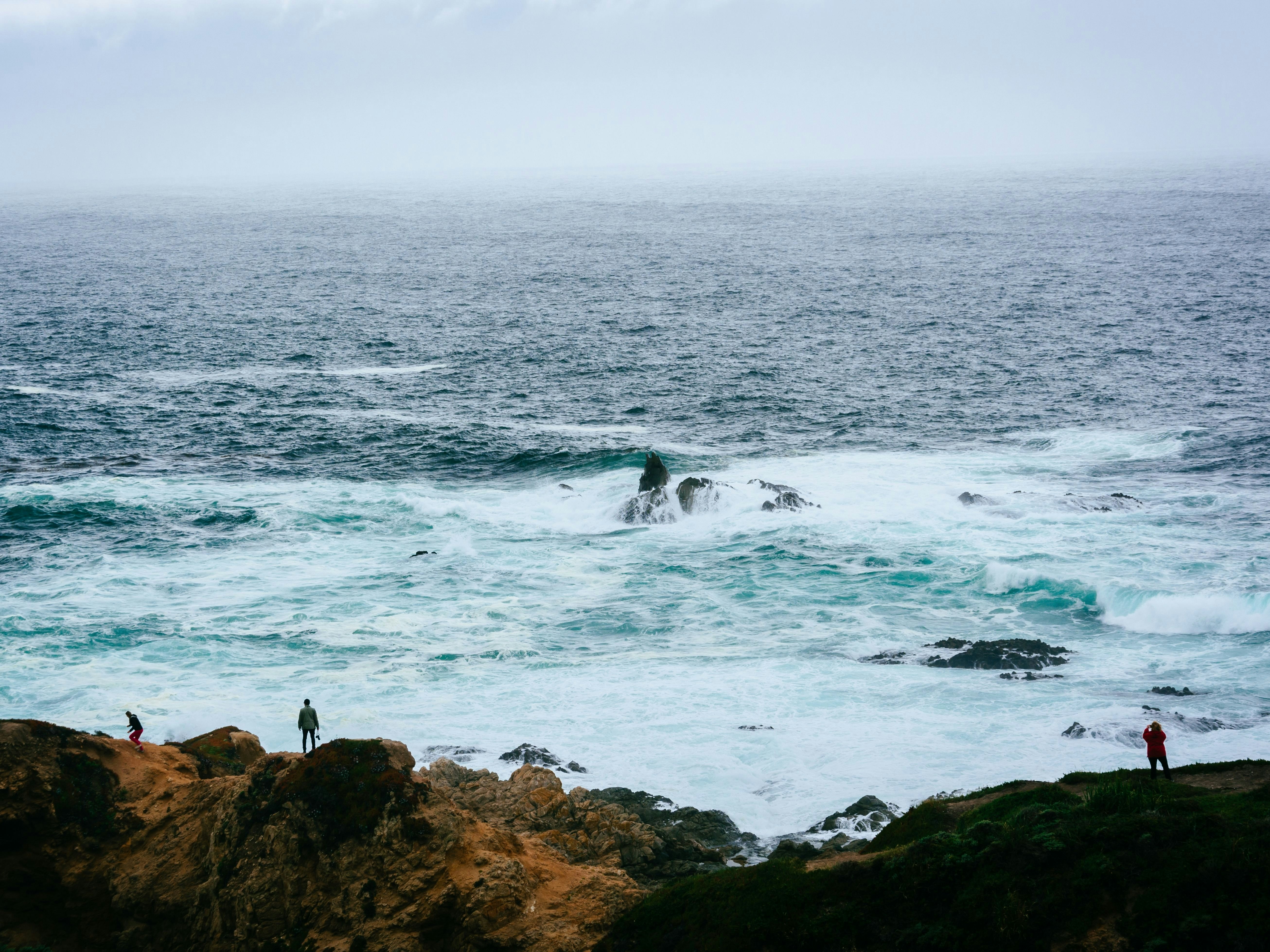
December to February is best for dramatic storms
Weather in Big Sur in winter: Temperatures in winter can go as low as 42°F, with the greatest chance of rain in December.
Tides take center stage in the drama of Big Sur at all times of the year, pulling out to reveal the underwater worlds of intertidal pools and thundering back in to crash, spout and foam against the rocks. Every winter, king tides raise the drama to new levels, reaching highs of at least 7ft, realigning beaches and strewing the sand with massive logs and other detritus. The phenomenon, which occurs near the winter and summer solstices when the sun and moon are aligned to create the strongest gravitational pull, also creates extremely low tides known as minus tides, which lure beachcombers out to explore rocks and reefs filled with sea life that’s normally well underwater. Some of the best beaches for tidepooling include Pfeiffer and Garrapata State Park, while there’s nowhere better for high surf-watching than Partington Cove.
King tides aren’t the only act in town, though; storm-watching has also become a popular winter draw. After all, what could be cozier than curling up with a mug of hot chocolate in front of a plate-glass window at , , or another Big Sur hideaway to watch the storm clouds roll in over the Pacific? The Point Sur Lighthouse offers a particularly spectacular storm-watching vantage point with the sea on three sides.
Between December and February, California gray whales make their southward migration to Baja, where the mothers will give birth. While they’re easier to see headed north because they hug the coast when traveling with their young, look for the telltale spouts off Point Sur and other vantage points. Visit the elephant seal rookery at Piedras Blancas to see the mothers give birth and nurse their young.
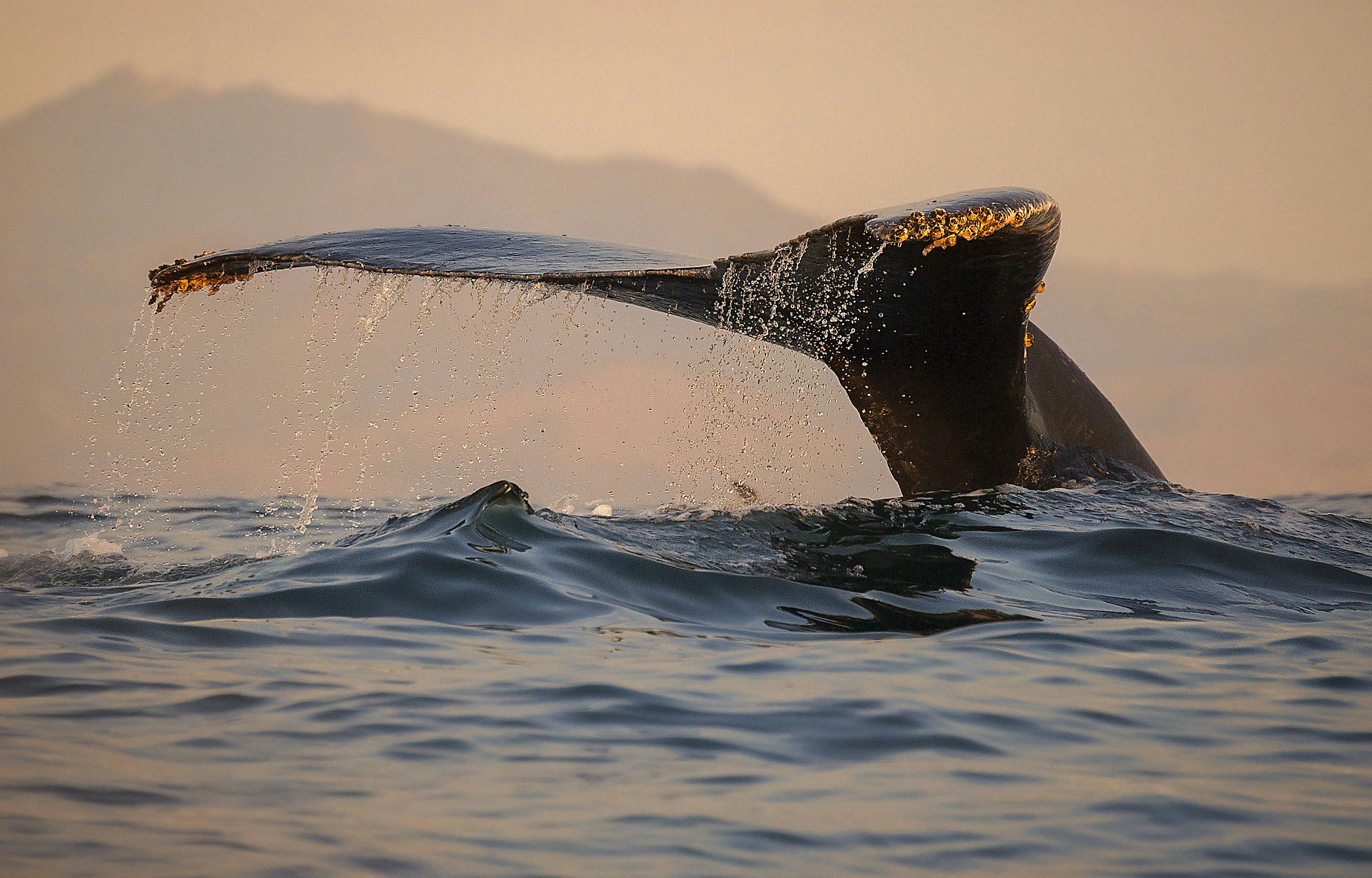
March to May is best for wildflowers, waterfalls and whales
Weather in Big Sur in spring: You might encounter some rain in spring, with high temperatures in the low 60°Fs.
Wildflower season in Big Sur is a little like the California gold rush: people pour in from afar to seek their treasure, and everyone has a carefully guarded secret spot. No need for claim jumping, though; all of Big Sur’s best hikes feature fields and forests filled with blooms. Check with park rangers to find out peak bloom times in different locales.
Streams and rivers replenished with winter rainfall make for bigger waterfalls. Check out McWay Falls in Julia Pfeiffer Burns State Park and Pfeiffer Falls in Pfeiffer Big Sur State Park.
Whale watching is all part of a day’s leisure in Big Sur. Spring is peak season for spout spotting, as the California gray whales that have wintered in Baja California’s whale nurseries head north again, babies in tow, and endangered humpback whales arrive. Majestic great blue whales can also sometimes be seen off the Big Sur coast or outside Monterey Bay. Sea otter pups are also born in February and March; look for playful family units in the harbor at Morro Bay.
Plan with a local



